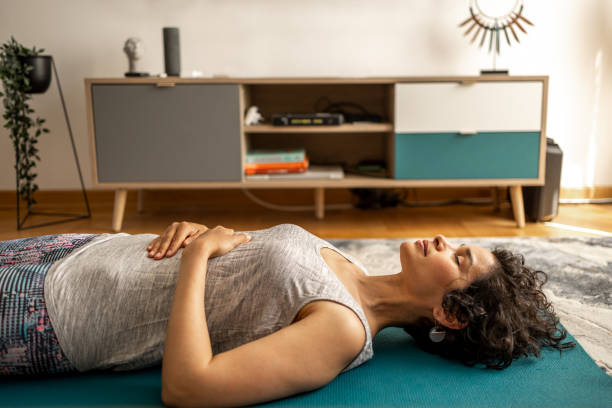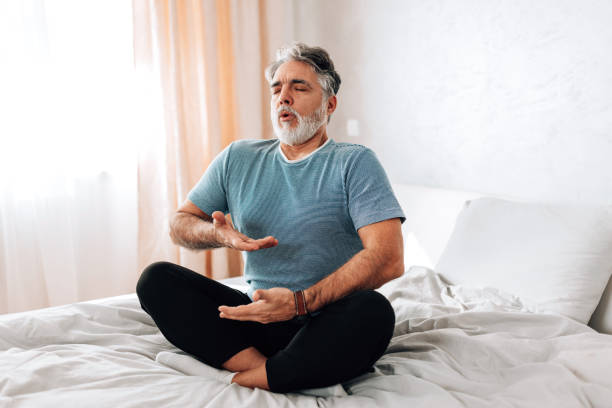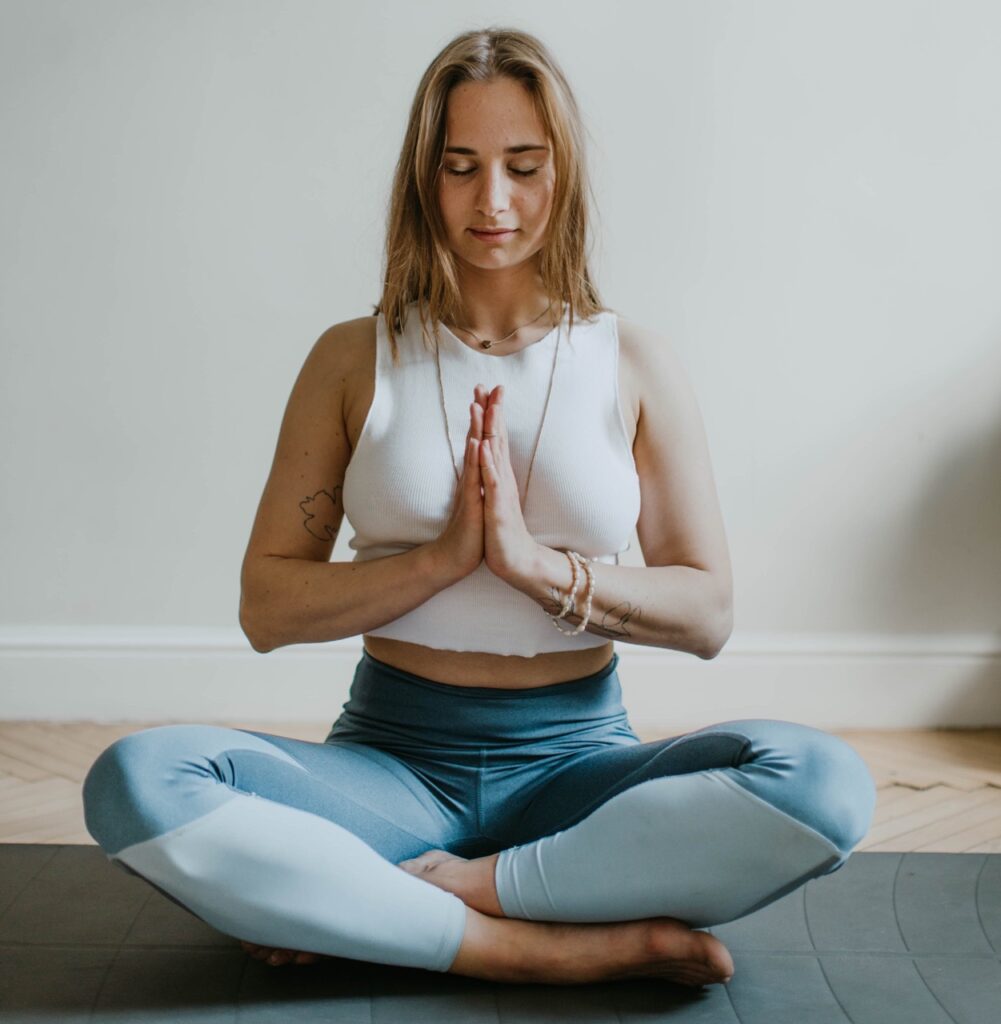Homeopathy
What Are The Benefits of Breathing Exercises
Are you anxious, overwhelmed, or simply needing a mental reset? Breathing exercises can help you relax and feel better about yourself. We will look at the benefits of breathing exercises and how they can improve your mind, body, and spirit in this post.
Benefits of Incorporating it into Your Daily Routine
For millennia, numerous civilizations have employed breathing exercises to relax the mind, alleviate anxiety, and increase overall health. By focusing on your breath, you can activate the body’s relaxation response, which helps to drop blood pressure, lower heart rate, and relieve muscle and mental tension.
Stress reduction is one of the primary advantages of implementing breathing exercises into your everyday routine. When we are anxious, our bodies go into fight-or-flight mode, generating stress chemicals that can harm our physical and mental health. Regular breathing exercises can stimulate the body’s relaxation response, which counteracts the stress reaction and promotes a sense of peace and well-being.
Breathing exercises, in addition to stress reduction, have a positive impact on mental health. By concentrating on your breathing, you draw your attention to the current moment, which helps to calm your mind and lessen racing thoughts. This can be especially beneficial for those who suffer from anxiety or have difficulty obtaining mental clarity. You may build inner tranquility and improve your general mental well-being by doing breathing exercises.
Breathing exercises might also be physically beneficial. When we are stressed or nervous, our breathing becomes shallow and fast, adding to our sense of tension and discomfort. Deep breathing techniques can enhance oxygen flow to your muscles and organs, increasing relaxation and aiding in the relief of physical stress symptoms.

How It Works
Breathing exercises help you relieve stress and build a sense of peace by focusing your attention to the present moment and slowing down your breathing rate. They may be done anywhere, at any time, and are an effective technique for dealing with stress, anxiety, and even chronic pain.
The awareness of your breath is at the heart of breathing exercises. Paying attention to and deliberately directing your breath activates the body’s relaxation response, generating a cascade of physiological changes that promote relaxation and well-being.
When we are stressed or concerned, our breathing becomes shallow and quick, which frequently results in hyperventilation. This sort of breathing can amplify sensations of worry and stress. You can prevent this response and encourage relaxation by practicing deep, steady breathing.
There are numerous breathing techniques that can be employed to accomplish diverse results. Diaphragmatic breathing, for example, focuses on engaging the diaphragm to encourage deep breaths, whereas alternating nostril breathing seeks to balance the flow of energy in the body. You can find the approaches that work best for you and your individual needs by experimenting with different breathing exercises.

Different Types of Breathing Exercises
Breathing exercises exist in a variety of forms, each with its own set of advantages. Here are a few examples of popular breathing exercises:
Diaphragmatic Breathing: Diaphragmatic breathing, also known as belly breathing, involves using the diaphragm to generate deep breaths. This technique can aid in stress reduction and relaxation.
Box Breathing: This involves inhaling, holding the breath, expelling, and holding the breath again for equal lengths of time. This approach can assist to relieve anxiety and quiet the mind.
Alternate Nostril Breathing: This entails inhaling through one nostril while closing the other, followed by exhaling through the opposite nostril. This practice is thought to promote harmony by balancing the flow of energy in the body.
4-7-8 Breathing: 4-7-8 breathing comprises inhaling for four counts, holding the breath for seven counts, and then exhaling for eight counts. This technique is frequently used to promote relaxation and aid with sleep.
These are just a handful of the various breathing exercises available. The goal is to identify strategies that you enjoy and apply them to your everyday practice.
Step-by-Step Guide to Practicing Breathing Exercises
Now that we’ve covered the benefits and varieties of breathing exercises, let’s have a look at how to do them effectively:
Find a quiet, pleasant place to sit or lie down in a relaxed position.
- Close your eyes and concentrate on your breathing. Take note of how your breath enters and exits your body.
- Begin by taking several deep breaths through your nose and out through your mouth. Allow your inhalation to deepen and your exhalation to relax.
- Choose a breathing technique that feels right for you after you’ve felt centered and present. It could be diaphragmatic breathing, box breathing, or any other method that appeals to you.
- Begin practicing the chosen method by following the exercise’s precise instructions. Concentrate on your breathing sensations and let go of any distracting ideas or worries.
- Continue practicing for a few minutes at a time, gradually increasing the duration as you gain confidence in the technique.
- Take a moment after finishing the workout to reflect on how you feel. Take note of any changes in your body, thoughts, or emotions.
Try to incorporate moments of focused breathing into your routine as you go about your day. When you’re upset or overwhelmed, take a few deep breaths and practice breathing exercises to bring yourself back to the present moment.
Remember that consistency is essential for getting the benefits of breathing exercises. Aim for a few minutes of practice each day, gradually increasing the duration as you get more familiar with the techniques.

Common Misconceptions About Breathing Exercises
Despite the various benefits, several frequent misconceptions regarding breathing exercises can keep people from completely embracing this practice. Let us refute a few of these myths:
Breathing exercises are only for yoga practitioners: While breathing exercises are frequently connected with yoga, they are not only for yoga practitioners. Anyone, regardless of fitness level or yoga experience, can benefit from incorporating breathing exercises into their regular regimen.
Breathing exercises require time: Breathing exercises can be as long or as short as you choose. Even a few minutes of focused breathing can significantly improve your general well-being. It’s all about figuring out what works best for you and making it a daily priority.
Breathing exercises are ineffective: Scientific evidence consistently shows that breathing exercises are useful in lowering tension, and anxiety, and increasing relaxation. While everyone’s experiences vary, including breathing exercises in your daily routine can improve your mental and physical health.

Scientific Research on the Effectiveness of Breathing Exercises
Numerous research have been undertaken over the years to evaluate the effectiveness of breathing exercises. Here are some of the most important findings:
- Breathing exercises significantly reduced anxiety and sadness symptoms in participants, according to a study published in the Journal of Clinical Psychology.
- Another study published in the Journal of Alternative and Complementary Medicine found that deep breathing exercises enhanced heart rate variability and blood pressure, indicating a beneficial influence on cardiovascular health.
- Breathing exercises were found to be useful in reducing pain intensity and improving physical performance in people suffering from chronic pain, according to a study published in the journal Pain Medicine.
These are just a few instances of scientific studies that back up the benefits of breathing exercises. The data is clear: adopting these activities into your regular routine can improve your mental and physical health.
Tips for Incorporating Breathing Exercises into Your Daily Life
Now that you know why and how to do breathing exercises, here are some pointers to help you incorporate them into your regular routine:
- Set aside time every day for breathing exercises. Begin with a few minutes and progressively increase the time as you gain confidence.
- Reminders can help you remember to do your breathing exercises. Set reminders on your phone or plan them in your daily calendar to avoid forgetting.
- Experiment with various breathing techniques to see which one works best for you. Examine several styles and choose the ones that best suit your demands and preferences.
- Experiment with breathing exercises in a variety of circumstances. Find the places where you feel most at ease and relaxed, whether at home, the office, or outside.
- Think about trying guided breathing exercises. Many applications and online sites include guided breathing exercises, making it easier for beginners to get started.
Remember that consistency is essential. The more you do breathing exercises, the more natural they will become and the more benefits you will reap.

Recommended Resources and Apps
Here are some tools and apps to help you incorporate breathing exercises into your regular routine if you need more support and guidance:
Headspace: This well-known meditation app provides a variety of guided breathing techniques for stress relief and relaxation.
Calm: This app is well-known for its calming guided meditations, but it also offers breathing exercises to help you discover moments of peace and focus.
Breathwork: This app provides a variety of breathing exercises that address certain requirements such as stress reduction, increased vitality, and better sleep.
The Breathing App: This software, created by Deepak Chopra and Eddie Stern, offers guided breathing exercises to help you relax and find equilibrium.
These resources might help you improve your breathing practice and provide further assistance on your wellness journey.
Conclusion
Breathing, which is easily overlooked in daily life, is a key to peace. Thinking about how strong breathing exercises are makes peace seem close.
It’s surprising to learn that breathing exercises might help you relax despite your busy schedule. A method to induce relaxation is available to everyone. Deep breaths might help you link the bustling outside world to the tranquility inside.
This technique lowers blood pressure and pulse rate, revealing how the body responds to focused breathing. The impact goes beyond bodily. As tensions increase, the mind escapes the chatter with the beat of breath.
The ease of this exercise makes it transformative. No special tools or areas are needed. You can breathe anytime, anywhere. It’s a portable stress reliever and health boost.
The command is the same whether you’ve done breathing exercises previously or not: breathe deeply. The rhythm of your breath will take you to relaxation as you begin self-care.


